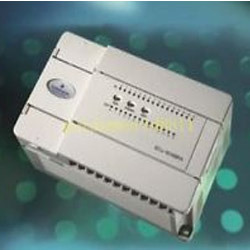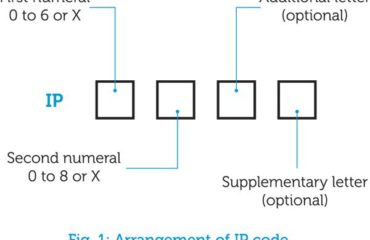 In what has been described as an important result for the Environment Agency, a company has been prosecuted for breaching the F-gas regulations.
In what has been described as an important result for the Environment Agency, a company has been prosecuted for breaching the F-gas regulations.
The prosecution for failing to recover a greenhouse gas was not, however, for releasing a refrigerant, but for the release of SF6, another highly potent greenhouse gas covered by the F-gas regulations. SF6 is used as an insulant in high voltage switchgear.
Schneider Electric Ltd, UK subsidiary of the French multinational automation, control and energy management company, was fined £3,000 for failing to recover the greenhouse gas that was released to atmosphere at Stanford-le-Hope, Essex in 2013. Basildon Magistrates’ Court also ordered the company to pay £18,368 costs.
Widely criticised by the air conditioning and refrigeration industry for its failure to effectively police the F-gas regulations, Environment Agency investigating officer Claire Cox said: “This successful conviction demonstrates our commitment to ensuring compliance across all F-gas users and industries covered by these regulations.”
The case concerned the release of sulphur hexafluoride (SF6) gas from high voltage switchgear being installed at London Gateway Port. Following installation, part of the system, busbars were found to be faulty and needed to be removed from within the circuit breaker. During that operation to remove the busbars up to 15kg of SF6 was released.
With its GWP of 22,800, the release of 15kg SF6 is equal in CO2e terms to around 87kg of R404A.
During the case last Friday the Court was informed that Schneider Electric (SE) was sub-contracted by the principal contractor at the London Gateway Port project to install the switching gear. After installation, Schneider filled and pressurised the circuit breaker chambers with SF6 gas. Subsequently they discovered that the busbars were faulty and needed to be removed for modification.
Schneider used its subcontractor, Metricab Power Engineering Ltd, to remove the busbars. Metricab was not informed, and did not realise, that the switchgear had been filled with SF6. Consequently when the work was done on 10 June 2013 the SF6 gas was not recovered using F-gas qualified engineers (as required by the law) and was released to the earth’s atmosphere.
Schneider Electric reported the release to the Environment Agency and Health and Safety Executive.
It was said that Schneider Electric Ltd did not generate any documents such as method statements or risk assessments in relation to SF6. Nor did it review the method statement and risk assessment prepared by Metricab which made no mention of SF6 for the removal of the busbars.
The gas was released for 1-2 hours before an employee of Schneider Electric realised what was happening and raised the alarm.
Source: http://www.coolingpost.com/uk-news/firm-fined-for-breach-of-f-gas-regulations/



